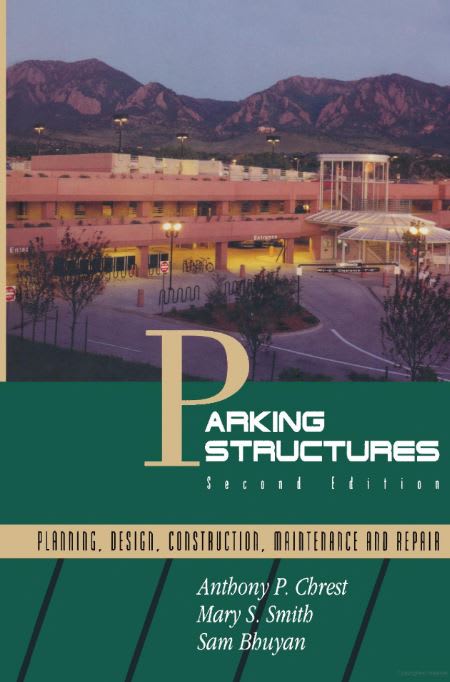Hi,
I have been asked to review an existing two story wood structure which is about 100 years old. The client's intention is to use the structure for parking facility.
IBC load requirement is just 40lb/ft2. I tried to find some design guidelines for parking garage, but could not.
I do not have a lot of parking garage design experience. Further, this is a wood structure sitting on 10 x 10 columns spaced 21 ft O.C.. Client wants me to propose any modification for the structure to suit for parking. I have a few questions:
1. Could someone please send or list me a good parking garage design guidelines. If you have examples, that would be much better.
2. Would you use wood columns for parking garages?
3. In addition to 40psf live loads which is very low, how would impact loads act on the structure, due to possible braking vehicles and as such.
Thank you
I have been asked to review an existing two story wood structure which is about 100 years old. The client's intention is to use the structure for parking facility.
IBC load requirement is just 40lb/ft2. I tried to find some design guidelines for parking garage, but could not.
I do not have a lot of parking garage design experience. Further, this is a wood structure sitting on 10 x 10 columns spaced 21 ft O.C.. Client wants me to propose any modification for the structure to suit for parking. I have a few questions:
1. Could someone please send or list me a good parking garage design guidelines. If you have examples, that would be much better.
2. Would you use wood columns for parking garages?
3. In addition to 40psf live loads which is very low, how would impact loads act on the structure, due to possible braking vehicles and as such.
Thank you

